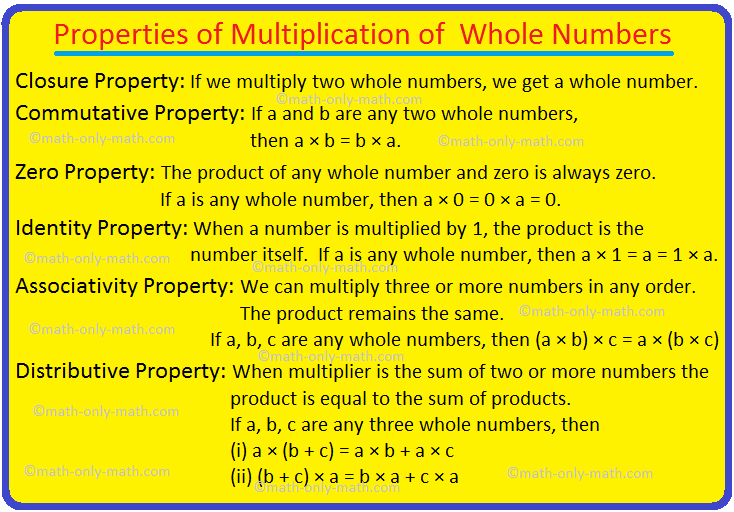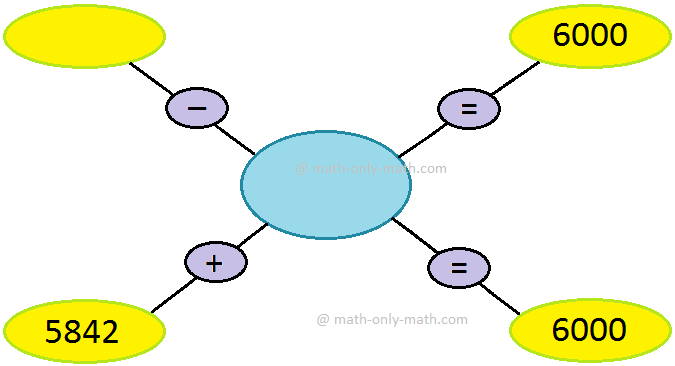Latus Rectum of the Ellipse
We will discuss about the latus rectum of the ellipse along with the examples.
Definition of the latus rectum of an ellipse:
The chord of the ellipse through its one focus and perpendicular to the major axis (or parallel to the directrix) is called the latus rectum of the ellipse.
It is a double ordinate passing through the focus. Suppose the equation of the ellipse be \(\frac{x^{2}}{a^{2}}\) + \(\frac{y^{2}}{b^{2}}\) = 1 then, from the above figure we observe that L\(_{1}\)SL\(_{2}\) is the latus rectum and L\(_{1}\)S is called the semi-latus rectum. Again we see that M\(_{1}\)SM\(_{2}\) is also another latus rectum.
According to the diagram, the co-ordinates of the
end L\(_{1}\) of the latus
rectum L\(_{1}\)SL\(_{2}\) are (ae,
SL\(_{1}\)). As L\(_{1}\) lies on the ellipse \(\frac{x^{2}}{a^{2}}\) + \(\frac{y^{2}}{b^{2}}\) = 1, therefore, we
get,
\(\frac{(ae)^{2}}{a^{2}}\) + \(\frac{(SL_{1})^{2}}{b^{2}}\) = 1
\(\frac{a^{2}e^{2}}{a^{2}}\) + \(\frac{(SL_{1})^{2}}{b^{2}}\) = 1
e\(^{2}\) + \(\frac{(SL_{1})^{2}}{b^{2}}\) =
1
⇒ \(\frac{(SL_{1})^{2}}{b^{2}}\) = 1 - e\(^{2}\)
⇒ SL\(_{1}\)\(^{2}\) = b\(^{2}\) . \(\frac{b^{2}}{a^{2}}\), [Since, we know that, b\(^{2}\) = a\(^{2}\)(1 - e\(^{2}\))]
⇒ SL\(_{1}\)\(^{2}\) = \(\frac{b^{4}}{a^{2}}\)
Hence, SL\(_{1}\) = ± \(\frac{b^{2}}{a}\).
Therefore, the co-ordinates of the ends L\(_{1}\) and L\(_{2}\) are (ae, \(\frac{b^{2}}{a}\)) and (ae, - \(\frac{b^{2}}{a}\)) respectively and the length of latus rectum = L\(_{1}\)SL\(_{2}\) = 2 . SL\(_{1}\) = 2 . \(\frac{b^{2}}{a}\) = 2a(1 - e\(^{2}\))
Notes:
(i) The equations of the latera recta of the ellipse \(\frac{x^{2}}{a^{2}}\) + \(\frac{y^{2}}{b^{2}}\) = 1 are x = ± ae.
(ii) An ellipse has two latus rectum.
Solved examples to find the length of the latus rectum of an ellipse:
Find the length of the latus rectum and equation of the latus rectum of the ellipse x\(^{2}\) + 4y\(^{2}\) + 2x + 16y + 13 = 0.
Solution:
The given equation of the ellipse x\(^{2}\) + 4y\(^{2}\) + 2x + 16y + 13 = 0
Now form the above equation we get,
(x\(^{2}\) + 2x + 1) + 4(y\(^{2}\) + 4y + 4) = 4
⇒ (x + 1)\(^{2}\) + 4(y + 2)\(^{2}\) = 4.
Now dividing both sides by 4
⇒ \(\frac{(x + 1)^{2}}{4}\) + (y + 2)\(^{2}\) = 1.
⇒ \(\frac{(x + 1)^{2}}{2^2} + \frac{(y + 2)^{2}}{1^{2}}\) ………………. (i)
Shifting the origin at (-1, -2) without rotating the coordinate axes and denoting the new coordinates with respect to the new axes by X and Y, we have
x = X - 1 and y = Y - 2 ………………. (ii)
Using these relations, equation (i) reduces to \(\frac{X^{2}}{2^{2}}\) + \(\frac{Y^{2}}{1^{2}}\) = 1 ………………. (iii)
This is of the form \(\frac{X^{2}}{a^{2}}\) + \(\frac{Y^{2}}{b^{2}}\) = 1, where a = 2 and b = 1.
Thus, the given equation represents an ellipse.
Clearly, a > b. So, the given equation represents an ellipse whose major and minor axes are along X and Y axes respectively.
Now fine the eccentricity of the ellipse:
We know that e = \(\sqrt{1 - \frac{b^{2}}{a^{2}}}\) = \(\sqrt{1 - \frac{1^{2}}{2^{2}}}\) = \(\sqrt{1 - \frac{1}{4}}\) = \(\frac{√3}{2}\).
Therefore, the length of the latus rectum = \(\frac{2b^{2}}{a}\) = \(\frac{2 ∙ (1)^{2}}{2}\) = \(\frac{2}{2}\) = 1.
The equations of the latus recta with respect to the new axes are X= ±ae
X = ± 2 ∙ \(\frac{√3}{2}\)
⇒ X = ± √3
Hence, the equations of the latus recta with respect to the old axes are
x = ±√3 – 1, [Putting X = ± √3 in (ii)]
i.e., x = √3 - 1 and x = -√3 – 1.
● The Ellipse
- Definition of Ellipse
- Standard Equation of an Ellipse
- Two Foci and Two Directrices of the Ellipse
- Vertex of the Ellipse
- Centre of the Ellipse
- Major and Minor Axes of the Ellipse
- Latus Rectum of the Ellipse
- Position of a Point with respect to the Ellipse
- Ellipse Formulae
- Focal Distance of a Point on the Ellipse
- Problems on Ellipse
11 and 12 Grade Math
From Latus Rectum of the Ellipse to HOME PAGE
Didn't find what you were looking for? Or want to know more information about Math Only Math. Use this Google Search to find what you need.
Recent Articles
-
Properties of Multiplication | Multiplicative Identity | Whole Numbers
Jan 15, 25 12:08 AM
There are six properties of multiplication of whole numbers that will help to solve the problems easily. The six properties of multiplication are Closure Property, Commutative Property, Zero Property… -
Multiplication Table | Learn Tables from 0 – 25 | Multiplication Table
Jan 14, 25 11:53 PM
In math multiplication table we will learn the tables from 0 – 25. These multiplication tables help the students to learn the essential multiplication facts. Multiplication tables are very important f… -
3rd Grade Math Worksheets |3rd Grade Math Sheets|3rd Grade Math Lesson
Jan 14, 25 11:02 PM
3rd grade math worksheets is carefully planned and thoughtfully presented on mathematics for the students. Teachers and parents can also follow the worksheets to guide the students. -
3rd Grade Subtraction Worksheet | 3-Digit Subtraction Worksheets | Ans
Jan 14, 25 01:57 PM
In 3th Grade Addition Worksheet we will solve how to subtract 3-digit numbers by expansion, subtraction of 3-digit numbers without regrouping, subtraction of 3-digit numbers with regrouping, propertie… -
Facts about Subtraction | Subtraction of Small Numbers|Solved Examples
Jan 14, 25 12:29 AM
The operation to finding the difference between two numbers is called subtraction. Let us know some facts about subtraction which will help us to learn subtraction of large numbers. 1. Subtraction wit…





New! Comments
Have your say about what you just read! Leave me a comment in the box below. Ask a Question or Answer a Question.